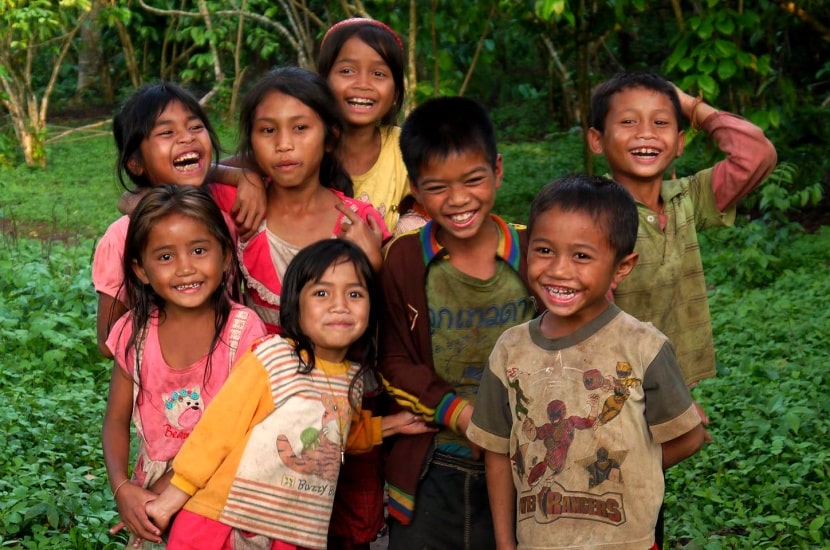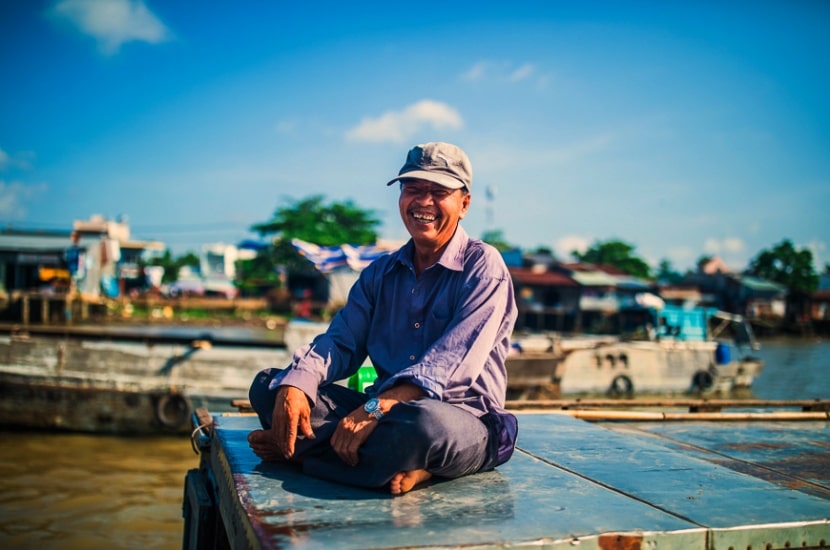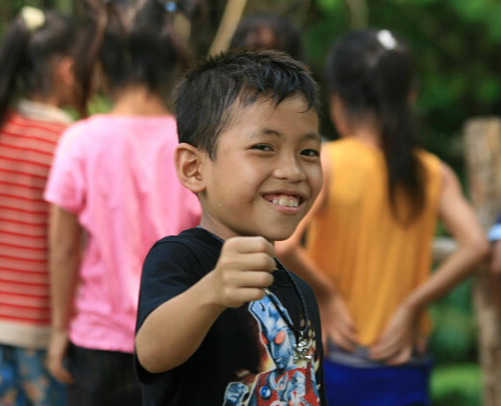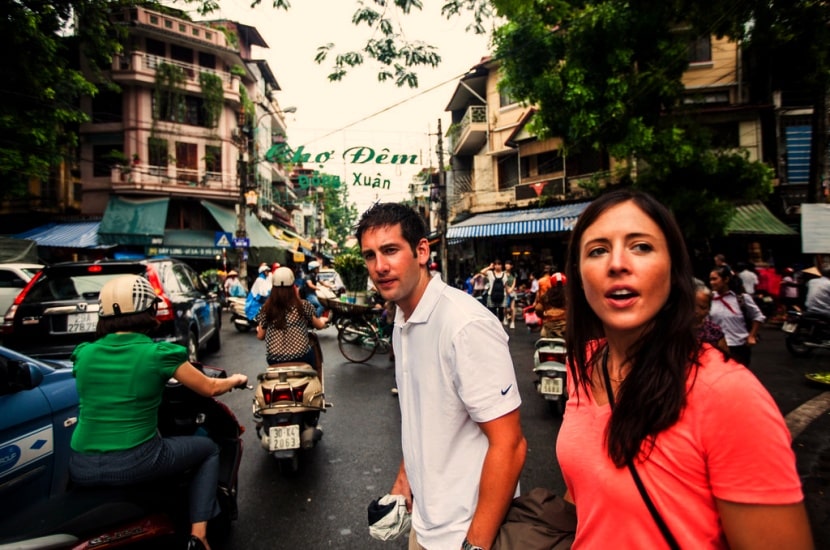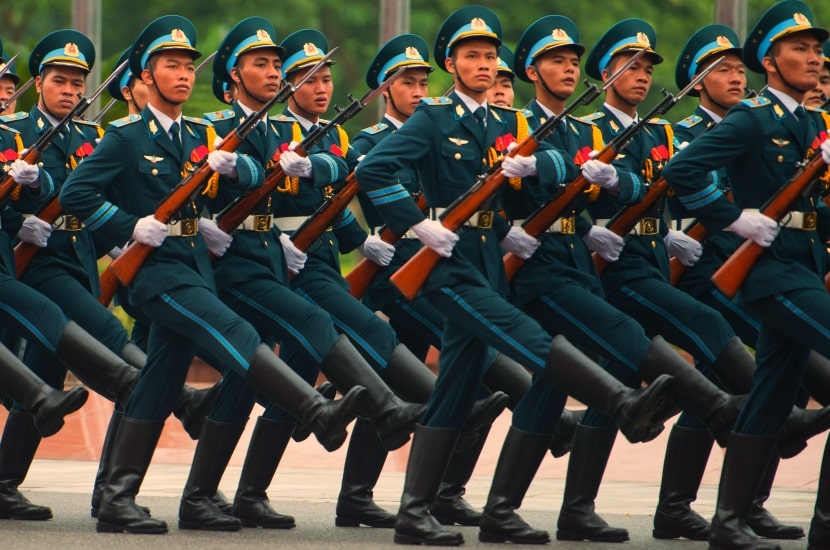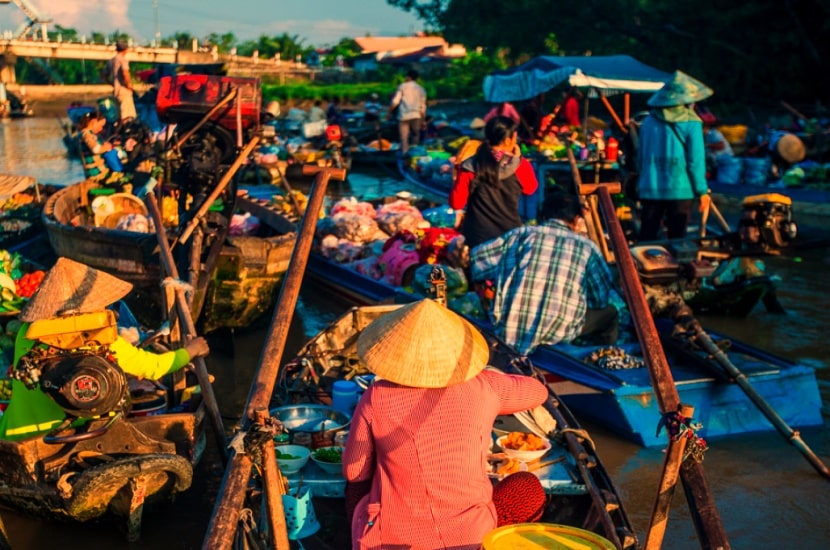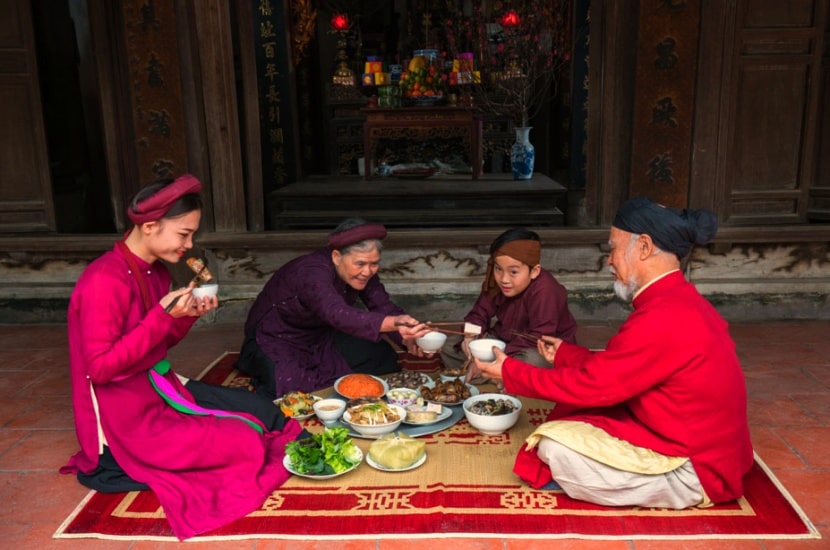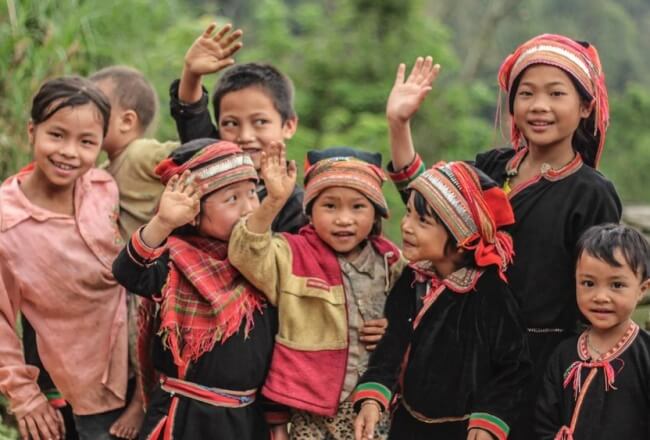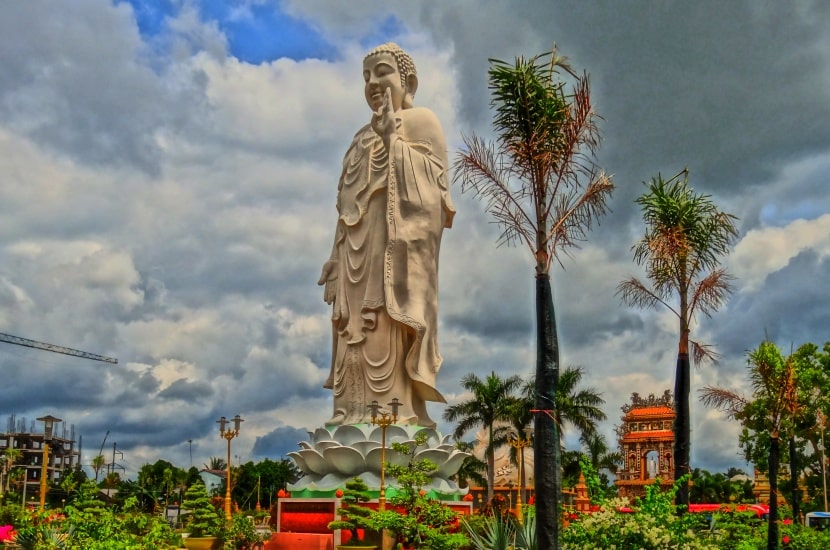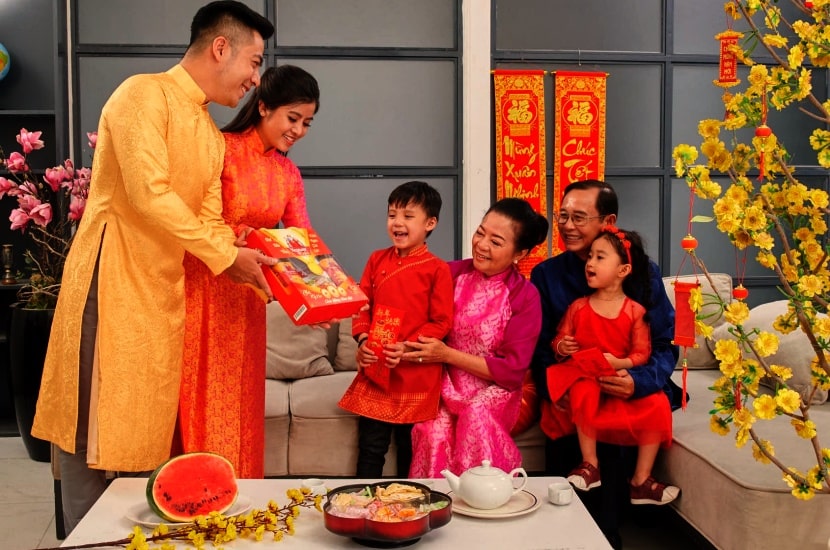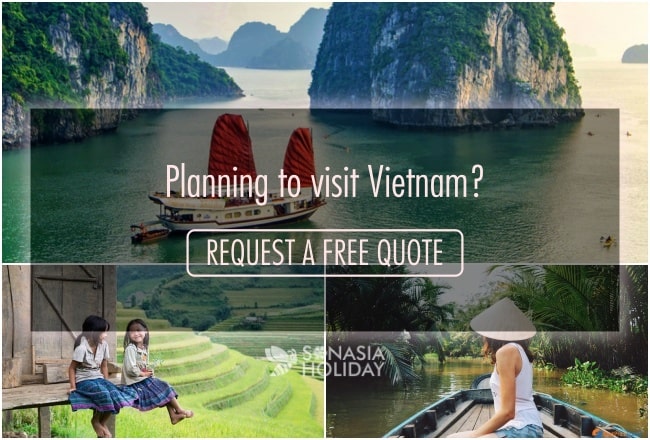1. Dress appropriately.
The Vietnamese are generally modest about clothing and look askance at visitors wearing far too little in public. It is even more true when visiting temples and pagodas - keep your arms and legs covered and hide as much bare skin as you can, with a sarong for instance.
2. Ask before you shoot.
Get people's permission before you take their picture. This goes double for pictures in rural ethnic villages as cameras can be seen as intrusive. In some towns, such as the picturesque Hoi An, people often expect a small payment before you take the photo.
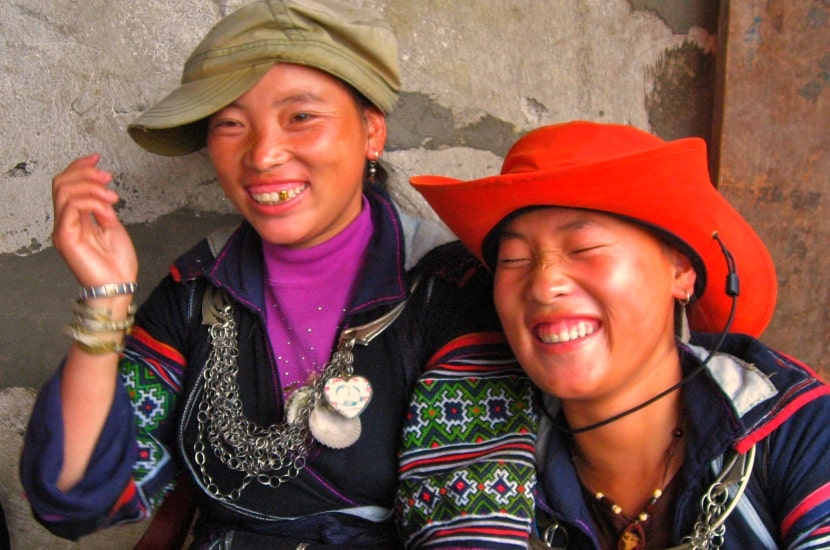
3. Watch your feet.
As in any Buddhist culture, it is considered impolite to point your feet toward someone. Moreover, you should avoid placing your feet too high or above objects. If you are invited into a local’s home be sure to take your shoes off at the entrance.
4. Buy legitimate bottled water.
Meaning that you should avoid small stalls and better buy it from known convenience stores. Also remember to stay hydrated and drink a lot of water, especially during outdoor activities, because of the humidity and heat.
5. Do eat local food in Vietnam.
Vietnamese food ranks among some of the best you will ever experience in Southeast Asia. You can be as noisy as you like. Slurping and smacking while eating Vietnamese noodles is accepted in these parts, it signals that you are enjoying your meal !
6. Go ahead and drink, but not to excess.
The Vietnamese enjoy to share their rice wine over a good meal but remember to drink responsibly since habitual drunkenness is frowned upon in society. Also note that drinking is male-dominated and therefore women drinking in public is simply the weird thing.
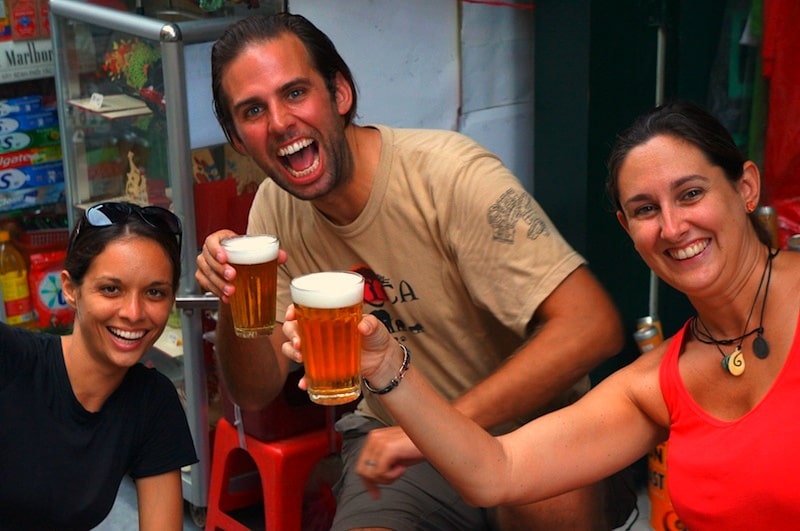
7. Do give only a very relative trust to an affirmative answer from a Vietnamese.
Vietnamese have difficulty confessing their ignorance or misunderstanding. So be careful and make sure the "yes" is really one. It must even become a reflex for you not to have to deal with complicated situations.
8. Do show respect to the elderly.
Vietnamese all have great respect for the elderly. As you are traveling in Vietnam, it would be appreciable when meeting them to lower your head by making your greeting or just smiling.
9. Do bring color pencils and coloring books.
When visiting rural villages, kids would be glad to receive some gifts. Avoid giving them candies as it can cause dental cavities. Instead, make gift of school supplies such as books or pens. Also avoid giving them money as it incites them to beg.
